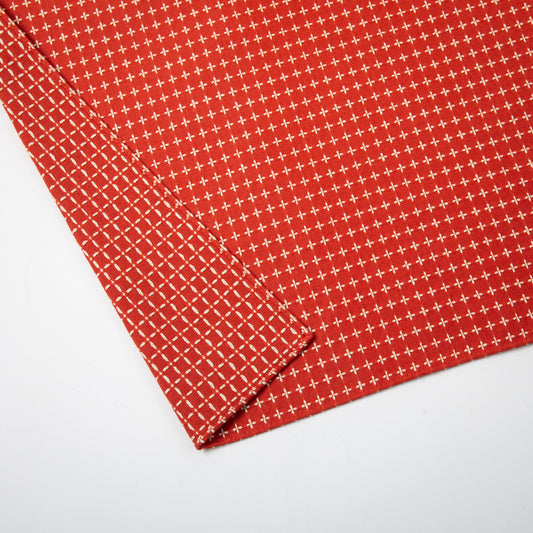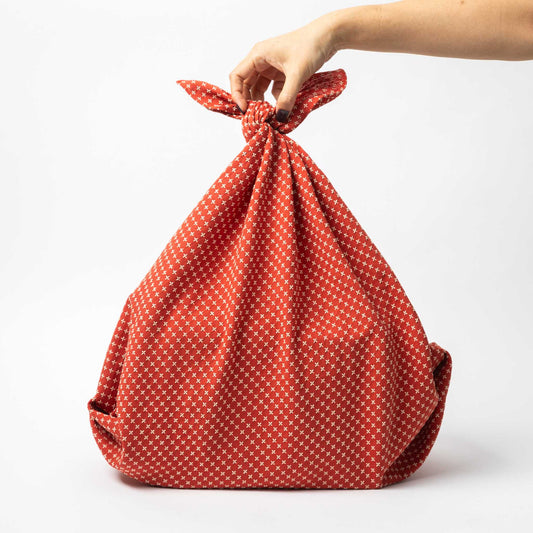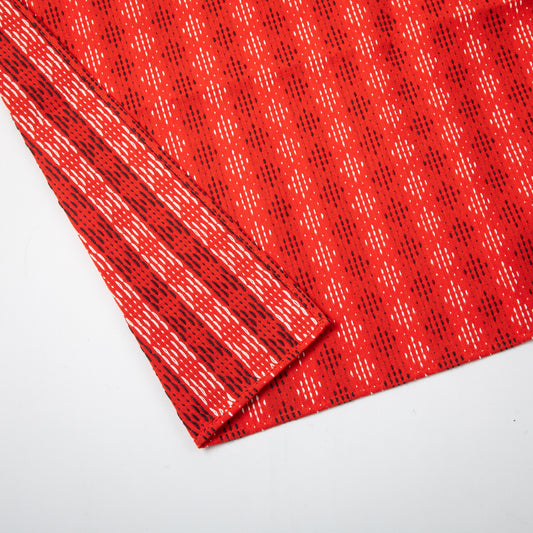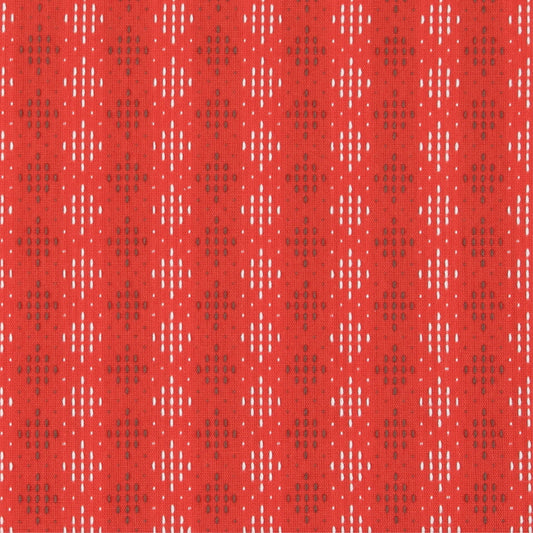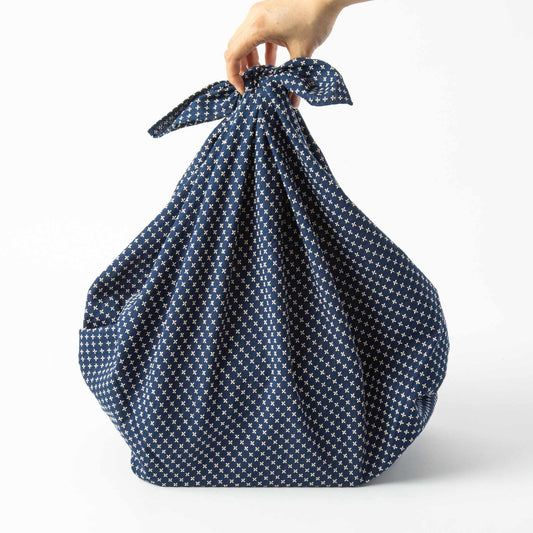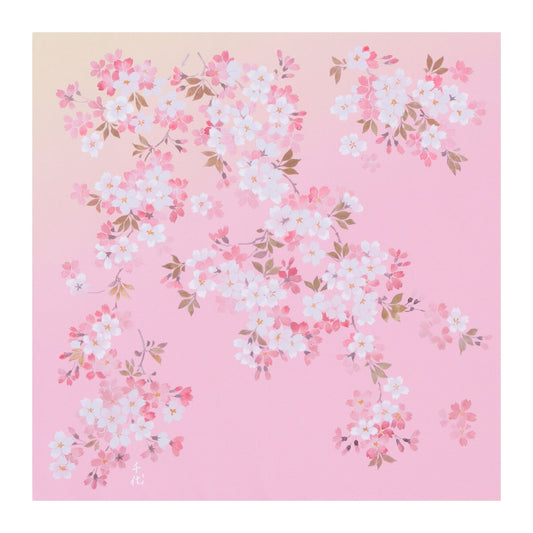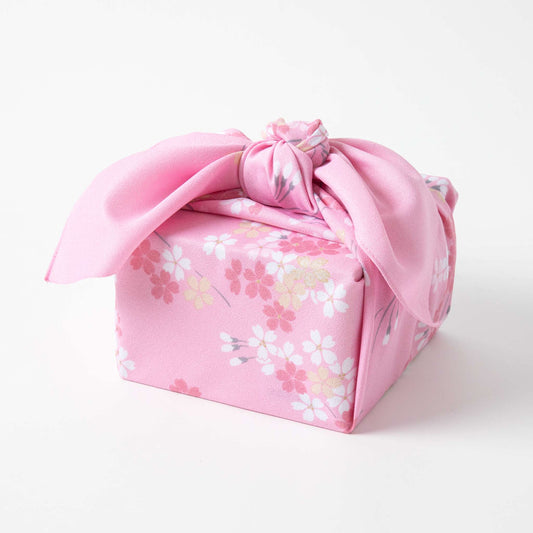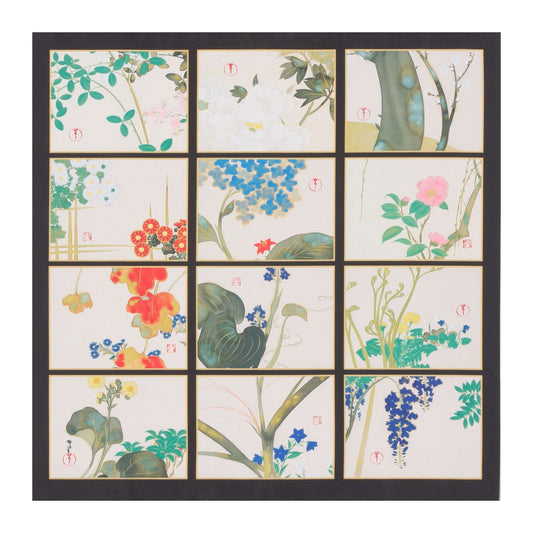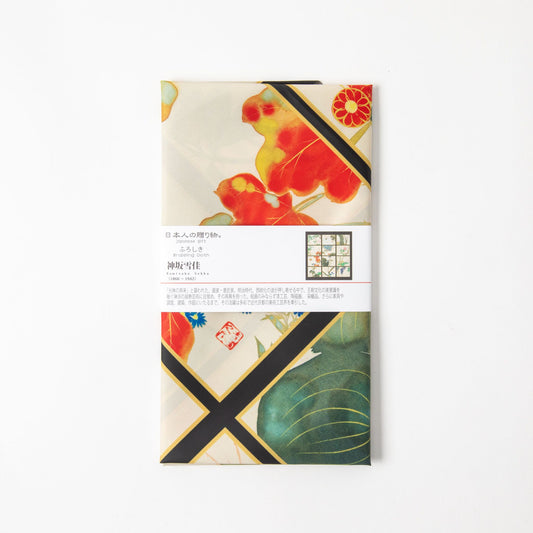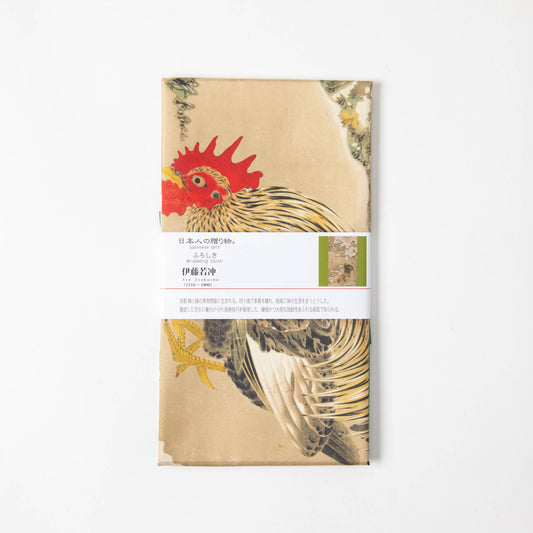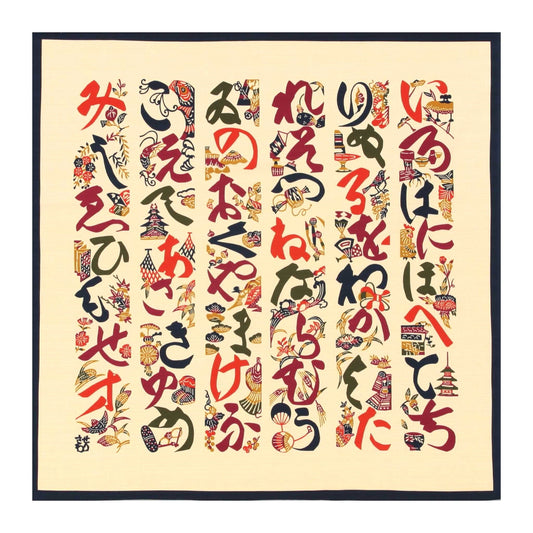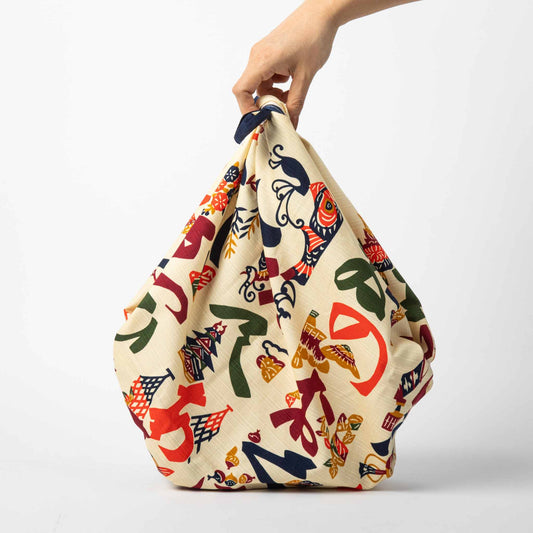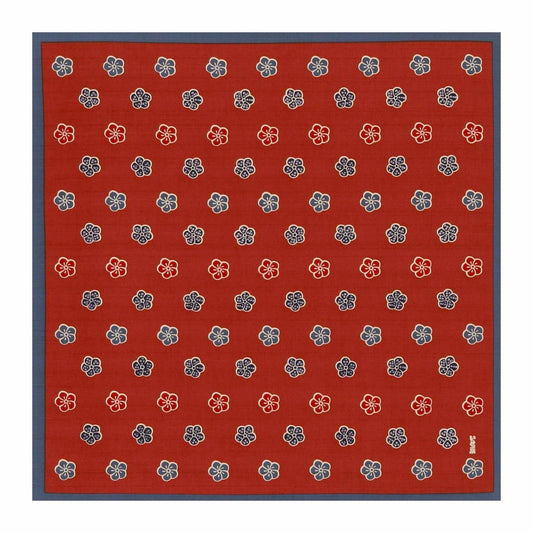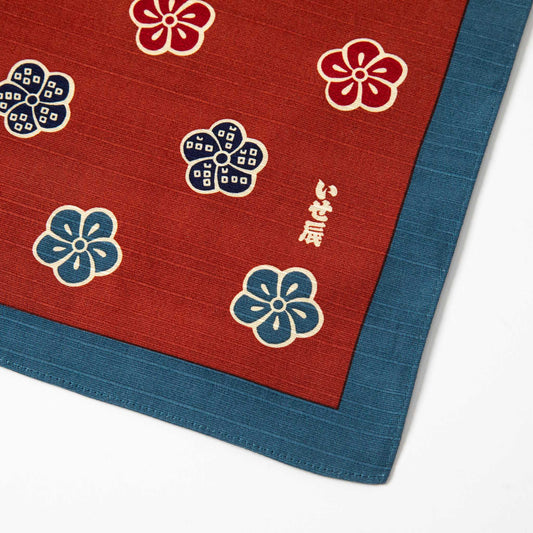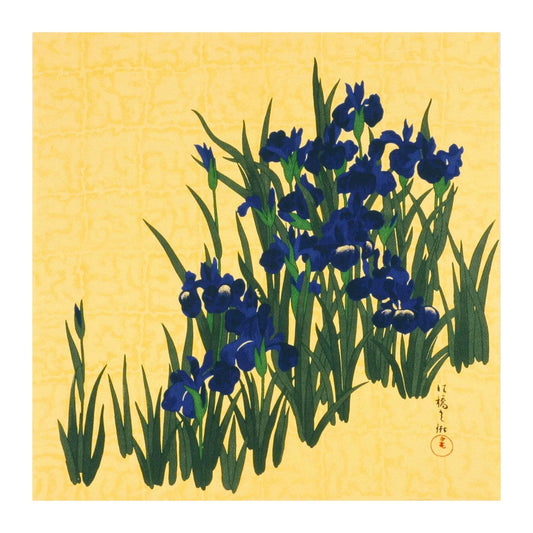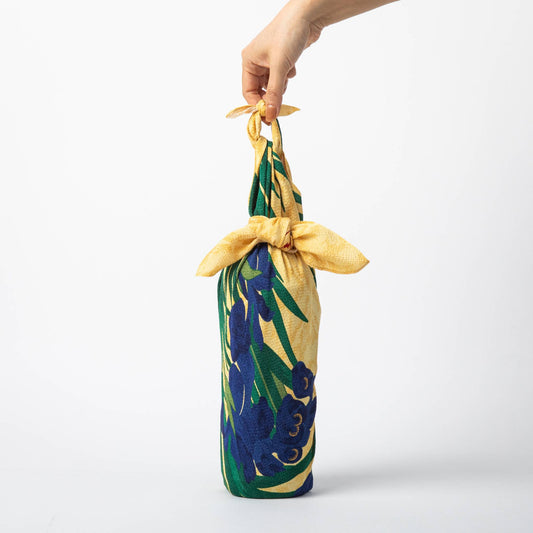-
Red Sashiko Organic Cotton Furoshiki Wrapping Cloth
Vendor:Miyai FuroshikiRegular price $69.00 USDRegular priceUnit price per -
Red Tatewakuhishi Sashiko Organic Cotton Furoshiki Wrapping Cloth with Gift Box
Vendor:Miyai FuroshikiRegular price $89.00 USDRegular priceUnit price per -
Navy Blue Sashiko Organic Cotton Furoshiki Wrapping Cloth
Vendor:Miyai FuroshikiRegular price $69.00 USDRegular priceUnit price per -
Chiyo Uno Cherry Blossom Furoshiki Wrapping Cloth
Vendor:Miyai FuroshikiRegular price $49.00 USDRegular priceUnit price per -
Sekka Kamisaka 12 Months of Flowers Hosomi Museum Collection Furoshiki Wrapping Cloth
Vendor:Miyai FuroshikiRegular price $69.00 USDRegular priceUnit price per -
Ito Jakuchu Rooster in Snow Hosomi Museum Collection Furoshiki Wrapping Cloth
Vendor:Miyai FuroshikiRegular price $69.00 USDRegular priceUnit price per -
Keisuke Serizawa Iroha Organic Cotton Furoshiki Wrapping Cloth
Vendor:Miyai FuroshikiRegular price $69.00 USDRegular priceUnit price per -
Isetatsu Plum Organic Cotton Furoshiki Wrapping Cloth
Vendor:Miyai FuroshikiRegular price $59.00 USDRegular priceUnit price per -
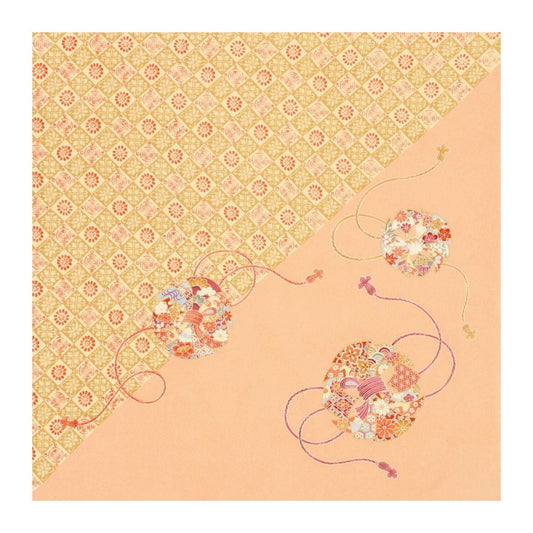
 Coming Soon
Coming SoonOrange Hanamaru Silk Furoshiki Wrapping Cloth
Vendor:Miyai FuroshikiRegular price $119.00 USDRegular priceUnit price per -
Ogata Korin Purple Iris Silk Furoshiki Wrapping Cloth
Vendor:Miyai FuroshikiRegular price $229.00 USDRegular priceUnit price per
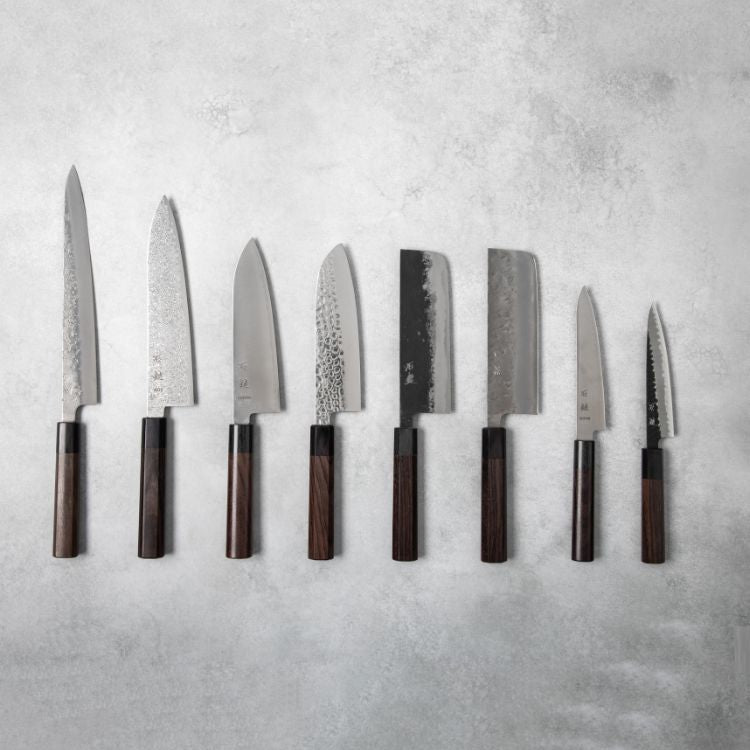
Best Sellers
Shop our Bestsellers collection, featuring the most popular and highly-rated items from...


